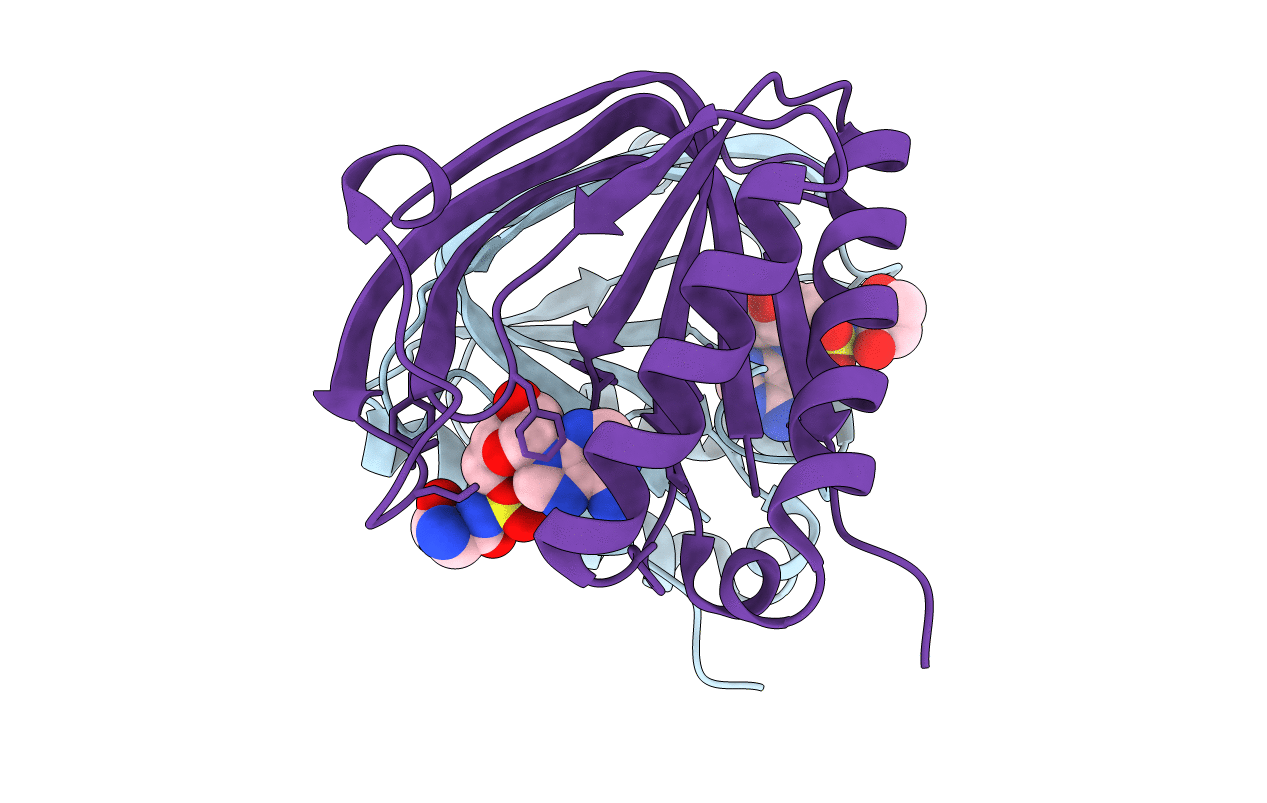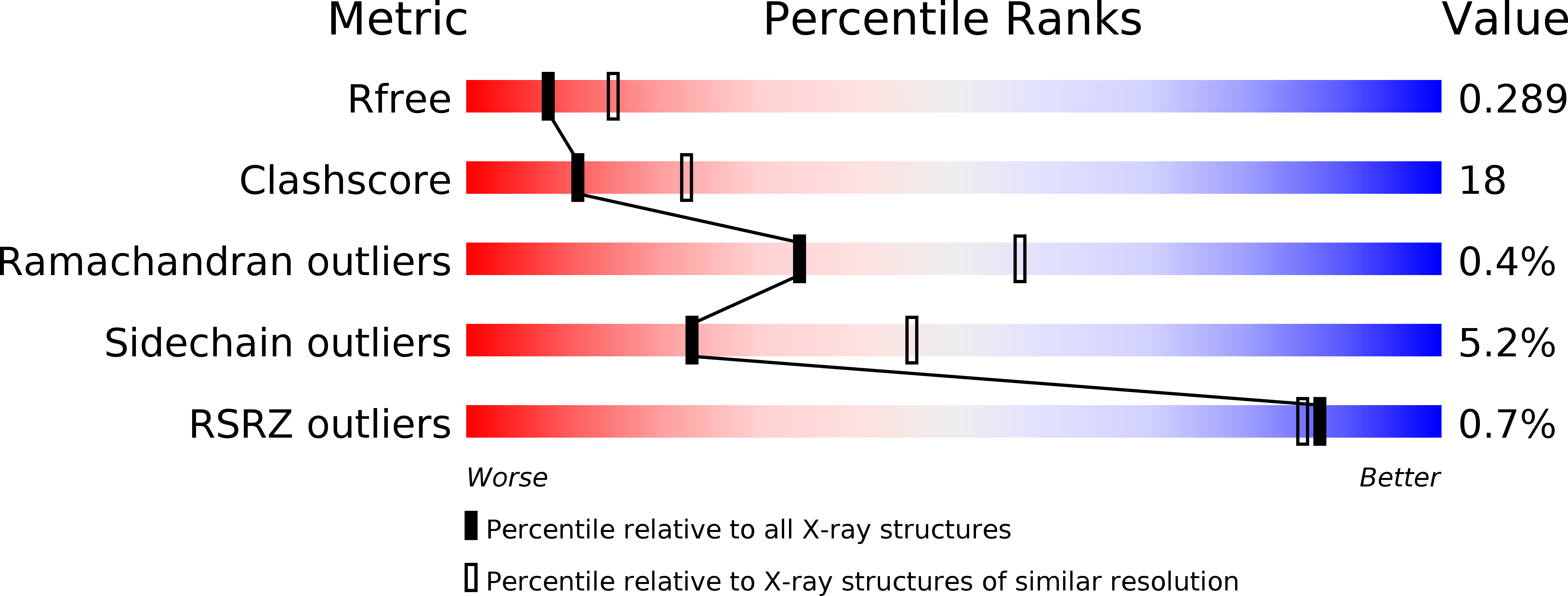
Deposition Date
2006-07-06
Release Date
2006-08-29
Last Version Date
2023-10-25
Entry Detail
PDB ID:
2HL2
Keywords:
Title:
Crystal structure of the editing domain of threonyl-tRNA synthetase from Pyrococcus abyssi in complex with an analog of seryladenylate
Biological Source:
Source Organism:
Pyrococcus abyssi (Taxon ID: 29292)
Host Organism:
Method Details:
Experimental Method:
Resolution:
2.60 Å
R-Value Free:
0.29
R-Value Work:
0.21
R-Value Observed:
0.21
Space Group:
P 21 21 21


